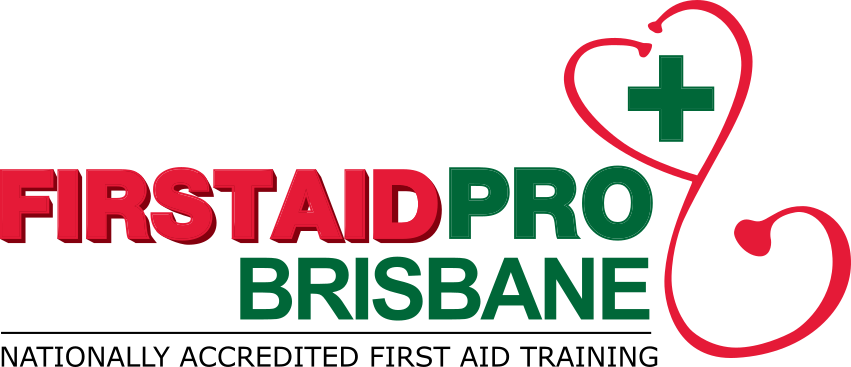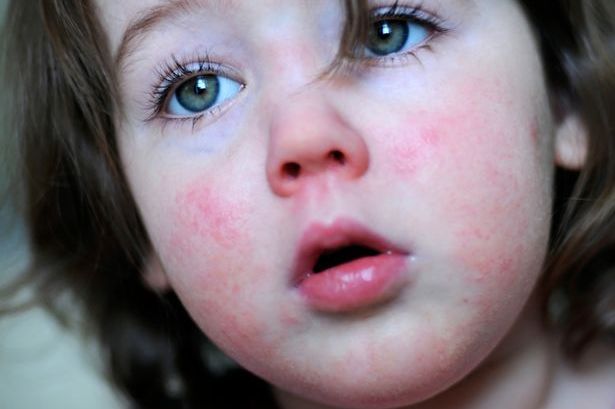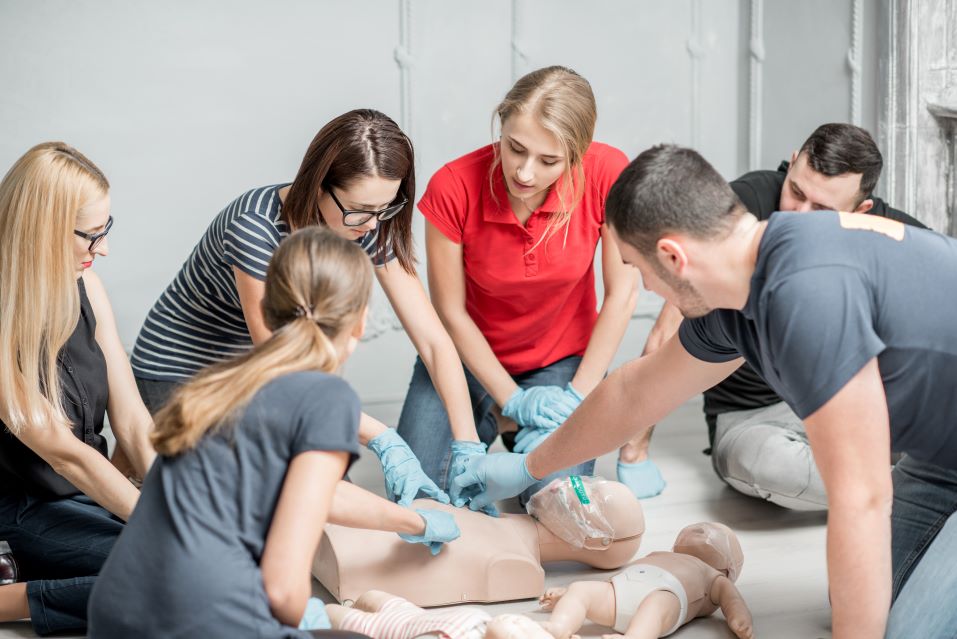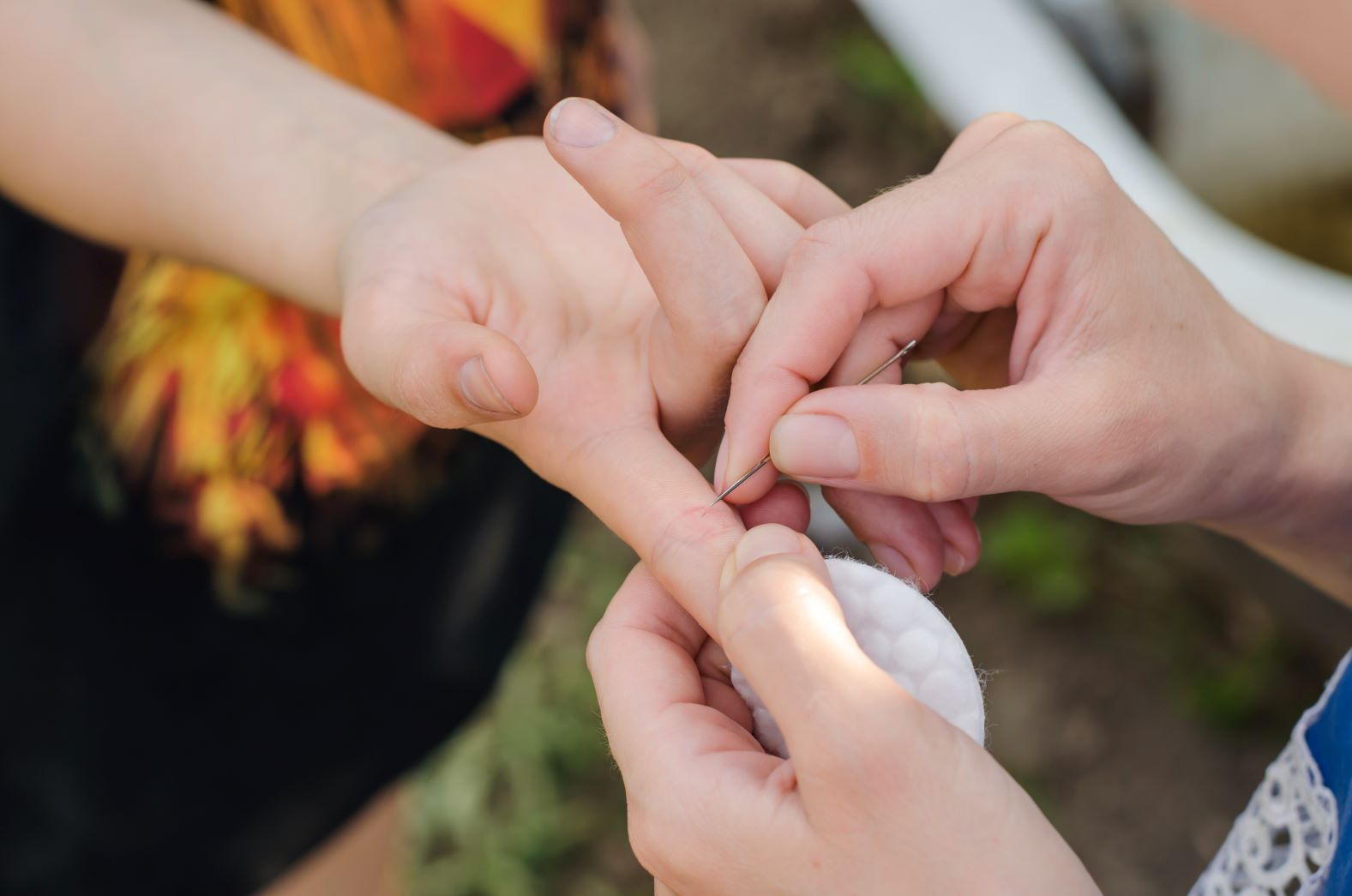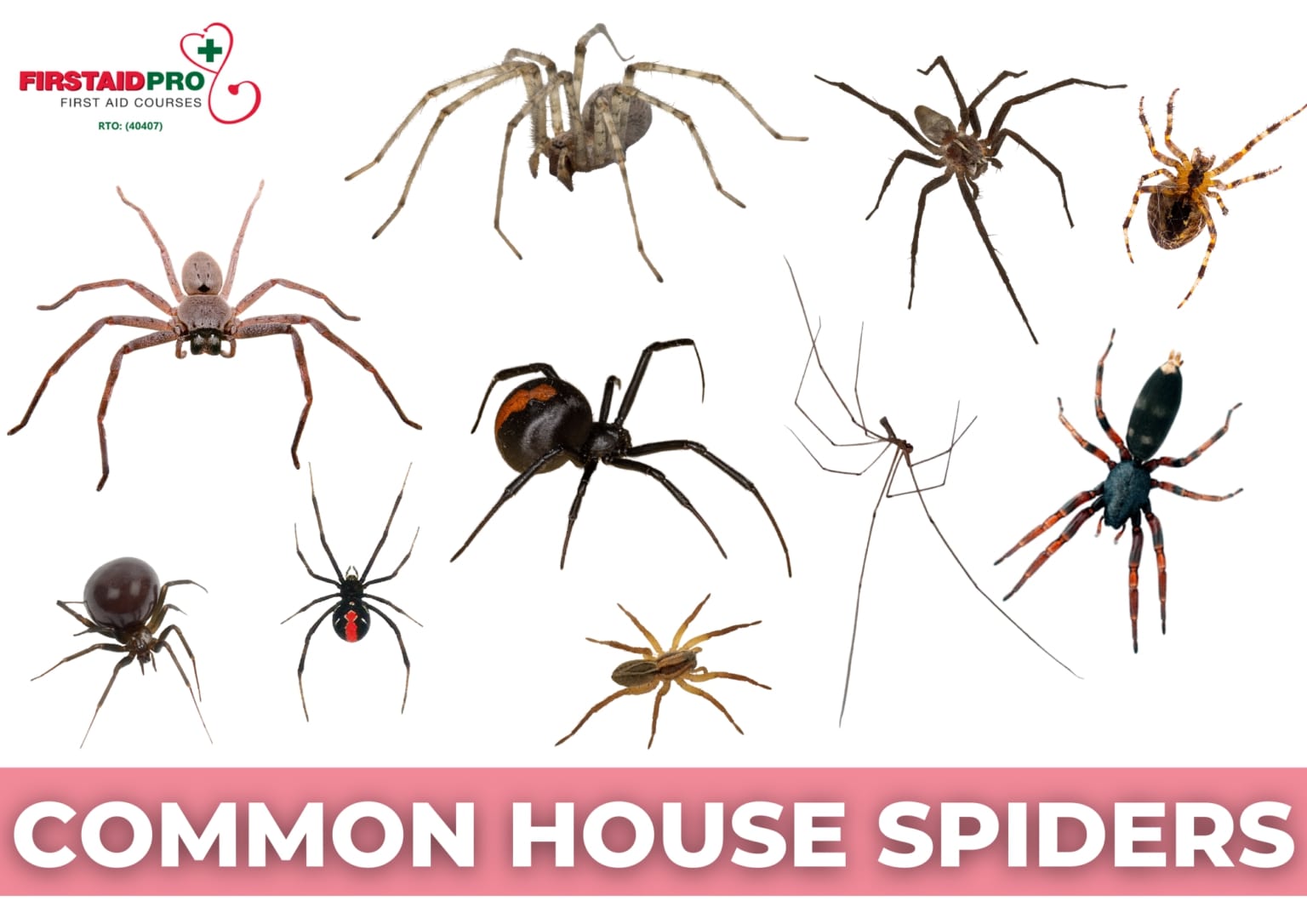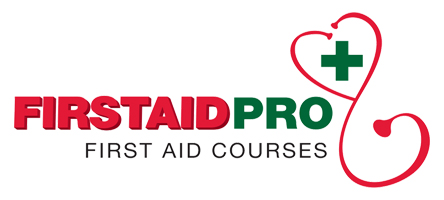Scarlet fever is a mild infection that results in a blotchy, pink-red rash common in children. If left untreated, this fever can lead to severe complications.
What Is Scarlet Fever?
Scarlet fever or scarlatina is an illness that mainly affects children with strep throat or strep skin infections. This bacterial infection produces a toxin (poison) that causes bright red, bumpy rash in a child’s skin.
The rash begins to spread all over the body in the first two to five days of exposure. This characteristic is what gives scarlet fever its known name. In terms of appearance, it often looks like a second-degree sunburn with fine bumps. The bump may feel rough like sandpaper, and it can itch. It usually fades after about a week but might undergo peeling for a few more days as the skin heals.
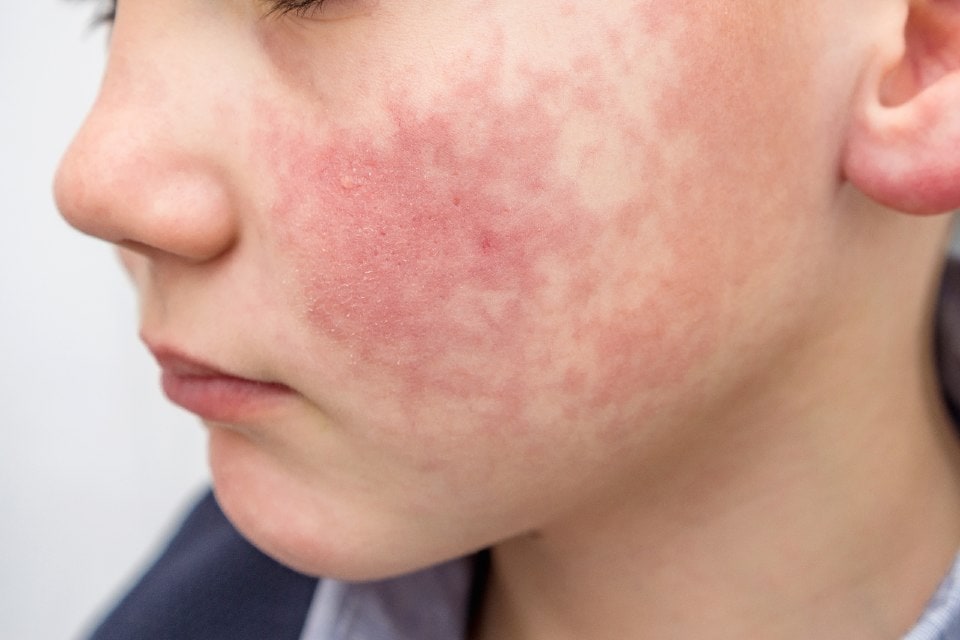
The exact number of people in Australia diagnosed with scarlet fever is unknown since its last record in 1995-2004. However, children ages 5 to 15 are at highest risk of developing this illness than any other age group. About 80% of scarlet fever cases occur in children ten years and below.
Modern antibiotic treatment has made this illness much rare and less threatening. However, there are occasional and significant outbreaks that need special care.
Symptoms Of Scarlet Fever
The blotchy pink-red rash is the main sign of this fever. It starts on the neck and face area, often leaving a clear space around the mouth. It slowly spreads to the chest and back area, then to the rest of the body. It is evident, especially in body parts that creases, such as elbows, underarms, and groin.
Other symptoms include:
- Red, sore throat
- Strawberry (red and bumpy) tongue
- Fever above 101°F (38.3°C) or higher, sometimes with chills
- Swollen glands in the neck area
- Fine red (scarlet) rashes
- Peeling of the fingers and toes during the recovery period
- Headaches
- Nausea (feeling sick)
- Vomiting
A whitish coating or yellowish specks of pus in the tonsil area and back of the throat might also appear. The child with scarlet fever may also have chills, body pains, and experience loss of appetite.
Diagnosis
Visit your doctor if you start to have symptoms of this illness. The doctor will conduct a physical exam and review the symptoms. The test quickly shows if a specific group of steps are causing the fever.
A throat swab and blood test may also be required to check for strep infection.
Treatment
The goal of scarlet fever treatment is to reduce the spread of infection and shorten the course of illness. The most available treatment is antibiotic intake. Liquid antibiotics (penicillin, amoxicillin) are safe for treating children ten years and below. Antibiotics must be taken within the first week, although most cases recover after four to five days. Without treatment or medication, the child will be infectious for 1 to 2 weeks after the first symptom.
Make sure to hydrate the child with plenty of fluids. Have them gargle with saline (saltwater) to help with the sore throat.
Seek professional help from the doctor or paediatrician if the child suddenly develops a rash or maybe experience fever, sore throat, and swollen glands on the neck. Medical care is critical, especially if the child exhibit symptoms of strep throat or if anyone around recently had a strep infection.
Takeaway
Treatment of scarlet fever encourages parents to keep their child at home and contact a doctor. But some many other illnesses and injuries are treatable with first aid.
We encourage parents and guardians to learn more about protecting the little ones with first aid training.
